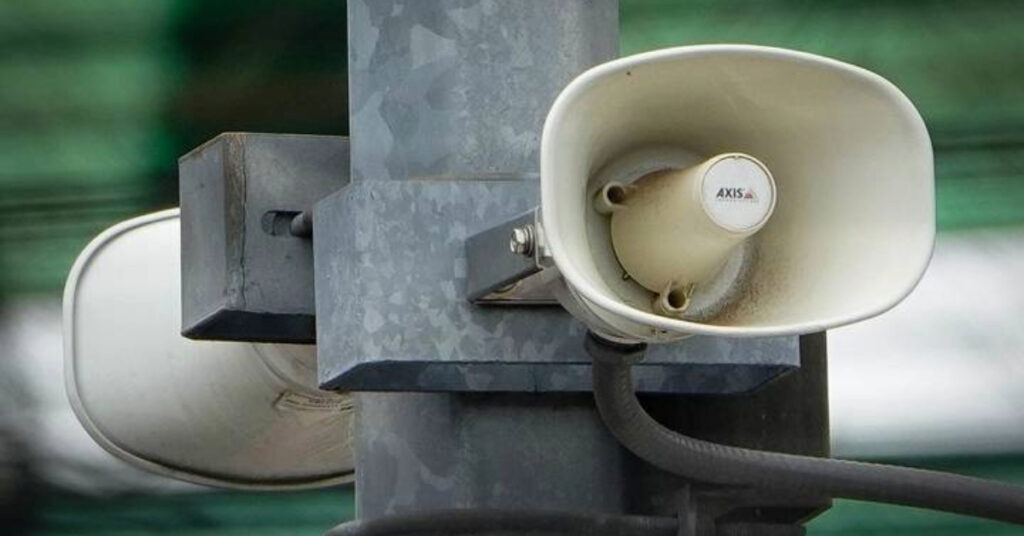Mexico, located along several major seismic fault lines, experiences frequent telluric movements, from minor tremors to more substantial earthquakes. Due to its geographic location, the country is prone to seismic activity, much of which is imperceptible to residents. However, some movements, such as microseisms, have become increasingly noticeable in recent years, particularly in Mexico City. These microseisms, although mild in magnitude, can feel unexpectedly strong due to their proximity to the Earth’s surface.
Microseisms: What Are They?
A microseism is defined as a telluric movement with a magnitude of less than 3 on the Richter scale. These movements are shallow, occurring just a few kilometers beneath the Earth’s surface. According to the Institute of Geophysics at the National Autonomous University of Mexico (UNAM), microseisms do not generally result in aftershocks and are typically isolated events originating from a nearby geological fault. Despite their relatively low magnitude, the intensity felt by residents can be surprisingly strong due to their proximity to the epicenter.
Luis Quintanar Robles, a researcher at the Department of Seismology at UNAM, explains that microseisms feel intense because they happen directly below the area where the movement is perceived. “The distance is very small, approximately two or three kilometers deep,” he stated. As a result, even though these tremors are considered minor, they can still be unsettling for those living near the epicenter.
In Mexico City, the capital has seen an uptick in these noticeable microseisms over the past few years. While these events do not trigger the city’s seismic alert systems, which are designed to activate only for more severe earthquakes, they are often experienced by residents as brief but sharp jolts.
Earthquakes: A Broader Phenomenon
While microseisms are relatively small in magnitude and localized, earthquakes can range from minor tremors to devastating events. The National Center for Disaster Prevention (CENAPRED) defines earthquakes, also known as tremors, as vibrations caused by various types of seismic waves that propagate through the Earth’s surface and interior. Earthquakes originate in the Earth’s lithosphere, a layer that extends up to 100 kilometers deep and is composed of large tectonic plates. These plates are in constant motion, and when they meet, friction occurs, preventing their easy displacement. Over time, as the pressure builds, the release of energy results in an earthquake.
According to the National Seismological Service (SSN), earthquakes exhibit two types of movement: oscillatory (side-to-side) and trepidatory (up-and-down). It is important to note that an earthquake typically involves both movements, although one may be more pronounced depending on the location and the ground composition. “Seismic waves propagate in all directions, causing ground movement both horizontally and vertically. In places close to the epicenter, the movement is said to be trepidatory. However, as they travel, the components of the seismic waves are attenuated, and when they reach soft ground, the horizontal components are amplified, and the movement is said to be oscillatory,” explains the SSN.
Seismic Awareness and Safety in Mexico
Mexico has one of the most advanced early-warning seismic systems globally, particularly in Mexico City, where a system of sensors along the Pacific coast detects significant seismic activity. This system gives residents valuable seconds to evacuate or seek shelter before the tremors reach the city. However, the system is not activated for microseisms or other minor events, which can still be unnerving for many residents.
The country’s history with significant earthquakes, such as the devastating 1985 and 2017 events, has led to a culture of heightened seismic awareness. These larger quakes often result from the movement of tectonic plates beneath the Pacific Ocean, where the Cocos Plate and North American Plate meet. The subduction of the Cocos Plate beneath the North American Plate generates significant seismic activity.
Despite technological advancements and building codes aimed at minimizing damage from seismic events, the unpredictability of earthquakes remains a concern for Mexico’s population, especially in urban areas built on soft ground, such as Mexico City. Understanding the difference between microseisms and more significant earthquakes is crucial in assessing risk and responding appropriately during seismic events.
Mexico’s position along major fault lines means that the Earth is in constant motion, ranging from imperceptible microseisms to large-scale earthquakes. While microseisms are relatively minor in magnitude, their shallow depth makes them feel stronger and more noticeable, especially in Mexico City. These events, though unsettling, are part of the natural geological processes occurring beneath the surface. Understanding the differences between microseisms and earthquakes is essential for residents to stay informed and prepared for seismic activity in a country where the ground is always in motion.
